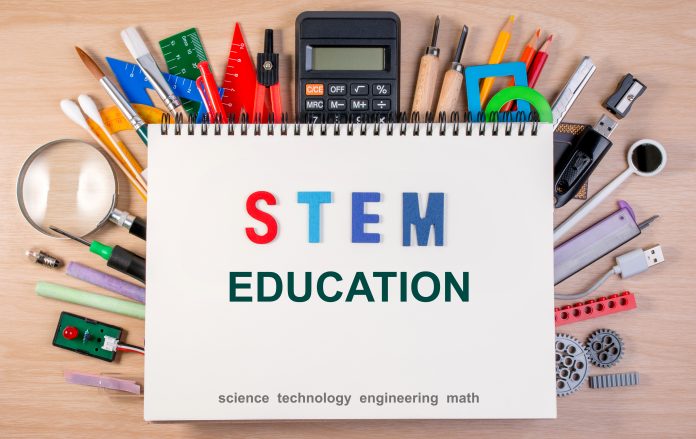Here, we explore the mission of the Directorate for Education and Human Resources at the National Science Foundation to achieve excellence in U.S. science, technology, engineering and mathematics (STEM) education at all levels
The Directorate for Education and Human Resources (EHR) has one primary mission; to achieve excellence in U.S. science, technology, engineering and mathematics (STEM) education at all levels and in all settings (both formal and informal) in order to support the development of a diverse and well-prepared workforce of scientists, technicians, engineers, mathematicians and educators and a well- informed citizenry. It is important that all have access to the ideas and tools of science and engineering to achieve their purpose of enhancing the quality of life of all citizens and the health, prosperity, welfare and security of the nation. In order to achieve this, a number of goals have been set by the EHR:
- Prepare the next generation of STEM professionals and attract and retain more Americans to STEM careers.
- Broaden the participation of individuals, geographic regions, types of institutions, and STEM disciplines to further close achievement gaps in all STEM fields.
- Develop a robust research community that can conduct rigorous research and evaluation that will support excellence in STEM education, which also integrates research and education.
- Increase the technological, scientific and quantitative literacy of all Americans so that they can exercise responsible citizenship and live productive lives in an increasingly technological society.
In order to achieve the first of these four goals and prepare the next generation of STEM professionals, the Division of Graduate Education (DGE) provide funding support U.S. graduate students and manage the development of novel, innovative programs to prepare tomorrow’s leaders in STEM fields. Innovation, inclusivity, high-quality graduate education in STEM fields are priorities which DGE advocates for, and their programs help to ensure these factors. This includes the Scholarship Program (SFS), the Research Program, and the Fellowship Program (GRFP) which is critical to the overall strategy in developing the globally-engaged workforce necessary to ensure the Nation’s leadership in advancing science and engineering research and innovation. It recognises and supports outstanding graduate students in NSF supported STEM disciplines who are pursuing research-based Master’s and Doctoral degrees at accredited United States institutions. Moreover, DGE manages the Traineeship Program (NRT), which is designed to ensure that graduate students in research-based master’s and doctoral degree programs develop the skills, knowledge, and competencies needed to pursue a range of STEM careers. The NRT Program is also designed to encourage the development and implementation of bold, new, potentially transformative, and scalable models for STEM graduate education training.
Furthermore, in February 2019 a study found that STEM achievement gaps shrunk by nearly half when faculties view intelligence as malleable, and professors adopt “growth mind-sets.” “In a university wide sample, we found that all students — and black, Latino and Native American students in particular — earn significantly higher grades in STEM courses when their professors believe intelligence is a malleable quality that can be developed over time, compared to when their professors believe intelligence is a fixed trait that cannot change very much,”1 declared Elizabeth Canning, the study’s Principal Investigator. Through this method, universities have been able to successfully broaden the participation of individuals, championing accessibility and inclusivity in STEM fields, another of the previously mentioned goals of the EHR.
The Directorate for Education and Human Resources is part of the vital National Science Foundation (NSF), which is the premier Federal agency supporting basic research and people at the frontiers of discovery in the STEM fields and was created to on the whole “promote the progress of science; to advance the national health, prosperity, and welfare; to secure the national defence.”2 The type of support it provides ranges from being a primary driver of the U.S. economy to enhancing the nation’s security and advancing knowledge to sustain global leadership. In fiscal year (FY) 2019, its budget is $8.1 billion. NSF funds reach all 50 states through grants to nearly 2,000 colleges, universities and other institutions. Each year, NSF receives more than 50,000 competitive proposals for funding and makes about 12,000 new funding awards.
Just last year, the NSF awarded $50 million in grants to improve STEM education, improving the opportunity for learning in schools across 24 U.S. states and the U.S. Virgin Islands. Evan Heit, Division Director for Research on Learning in NSF’s Education and Human Resources Directorate, stated, “we are delighted to support these education research and development efforts across the nation.”3
References
3 https://www.nsf.gov/news/news_summ.jsp?cntn_id=297236&org=DRL&from=news











